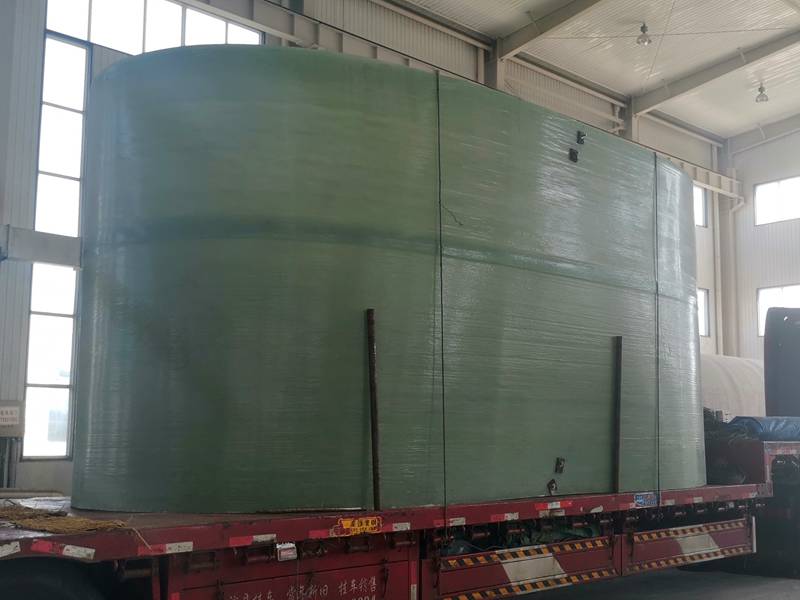
-
 Afrikaans
Afrikaans -
 Albanian
Albanian -
 Amharic
Amharic -
 Arabic
Arabic -
 Armenian
Armenian -
 Azerbaijani
Azerbaijani -
 Basque
Basque -
 Belarusian
Belarusian -
 Bengali
Bengali -
 Bosnian
Bosnian -
 Bulgarian
Bulgarian -
 Catalan
Catalan -
 Cebuano
Cebuano -
 China
China -
 China (Taiwan)
China (Taiwan) -
 Corsican
Corsican -
 Croatian
Croatian -
 Czech
Czech -
 Danish
Danish -
 Dutch
Dutch -
 English
English -
 Esperanto
Esperanto -
 Estonian
Estonian -
 Finnish
Finnish -
 French
French -
 Frisian
Frisian -
 Galician
Galician -
 Georgian
Georgian -
 German
German -
 Greek
Greek -
 Gujarati
Gujarati -
 Haitian Creole
Haitian Creole -
 hausa
hausa -
 hawaiian
hawaiian -
 Hebrew
Hebrew -
 Hindi
Hindi -
 Miao
Miao -
 Hungarian
Hungarian -
 Icelandic
Icelandic -
 igbo
igbo -
 Indonesian
Indonesian -
 irish
irish -
 Italian
Italian -
 Japanese
Japanese -
 Javanese
Javanese -
 Kannada
Kannada -
 kazakh
kazakh -
 Khmer
Khmer -
 Rwandese
Rwandese -
 Korean
Korean -
 Kurdish
Kurdish -
 Kyrgyz
Kyrgyz -
 Lao
Lao -
 Latin
Latin -
 Latvian
Latvian -
 Lithuanian
Lithuanian -
 Luxembourgish
Luxembourgish -
 Macedonian
Macedonian -
 Malgashi
Malgashi -
 Malay
Malay -
 Malayalam
Malayalam -
 Maltese
Maltese -
 Maori
Maori -
 Marathi
Marathi -
 Mongolian
Mongolian -
 Myanmar
Myanmar -
 Nepali
Nepali -
 Norwegian
Norwegian -
 Norwegian
Norwegian -
 Occitan
Occitan -
 Pashto
Pashto -
 Persian
Persian -
 Polish
Polish -
 Portuguese
Portuguese -
 Punjabi
Punjabi -
 Romanian
Romanian -
 Russian
Russian -
 Samoan
Samoan -
 Scottish Gaelic
Scottish Gaelic -
 Serbian
Serbian -
 Sesotho
Sesotho -
 Shona
Shona -
 Sindhi
Sindhi -
 Sinhala
Sinhala -
 Slovak
Slovak -
 Slovenian
Slovenian -
 Somali
Somali -
 Spanish
Spanish -
 Sundanese
Sundanese -
 Swahili
Swahili -
 Swedish
Swedish -
 Tagalog
Tagalog -
 Tajik
Tajik -
 Tamil
Tamil -
 Tatar
Tatar -
 Telugu
Telugu -
 Thai
Thai -
 Turkish
Turkish -
 Turkmen
Turkmen -
 Ukrainian
Ukrainian -
 Urdu
Urdu -
 Uighur
Uighur -
 Uzbek
Uzbek -
 Vietnamese
Vietnamese -
 Welsh
Welsh -
 Bantu
Bantu -
 Yiddish
Yiddish -
 Yoruba
Yoruba -
 Zulu
Zulu
Food-Grade Equipment Solutions for Safe and Compliant Food Handling Practices
Understanding GRP Food Grade Equipment Importance and Applications
In the food processing industry, maintaining high standards of hygiene and safety is paramount. The use of GRP (Glass Reinforced Plastic) food grade equipment has emerged as a significant development, offering a versatile, strong, and sanitary solution for various food handling and processing needs. As the food industry evolves, the demand for materials that can withstand rigorous cleaning procedures while preventing contamination has become crucial. GRP food grade equipment meets these demands effectively.
Understanding GRP Food Grade Equipment Importance and Applications
Another significant advantage of GRP food grade equipment is its non-porous surface. Unlike wood or some metals, GRP does not harbor bacteria or pathogens, making it an ideal choice for maintaining hygiene in food handling. This characteristic is vital in preventing cross-contamination between different food products, thereby enhancing food safety standards. The smooth surface of GRP also makes it easier to clean, reducing labor costs and time associated with cleaning procedures.
grp food grade equipment

Moreover, GRP equipment is lightweight yet incredibly strong. This property allows for easier transportation and installation, which is beneficial in dynamic environments where equipment may need to be relocated frequently. The durability of GRP ensures it can withstand the rigors of daily use in demanding conditions, making it a cost-effective choice over time.
The versatility of GRP food grade equipment is another compelling reason for its widespread adoption. It can be molded into various shapes and sizes, allowing for the production of customized solutions tailored to specific processing needs. From storage tanks and conveyor systems to processing tables and cutting boards, GRP can address a myriad of applications within the food industry.
Environmental considerations are also crucial when selecting food grade equipment. GRP materials can be designed to be recyclable, contributing to more sustainable practices in food production. As the industry moves toward greener solutions, the adoption of environmentally friendly materials like GRP aligns with the growing emphasis on sustainability.
In conclusion, GRP food grade equipment presents a robust, hygienic, and versatile option for the food processing industry. Its resistance to corrosion, ease of cleaning, lightweight nature, and customization possibilities make it an excellent choice for businesses aiming to enhance their operational efficiency and maintain highest food safety standards. As the food industry continues to evolve, embracing innovative materials like GRP will be key to meeting future challenges and ensuring consumer safety.
Latest news
-
Exploring the Benefits of Top Hammer Drifter Rods for Enhanced Drilling PerformanceNewsJun.10,2025
-
High-Precision Fiberglass Winding Machine for GRP/FRP Pipe Production – Reliable & Efficient SolutionsNewsJun.10,2025
-
FRP Pipes & Fittings for Shipbuilding - Corrosion-Resistant & LightweightNewsJun.09,2025
-
Premium FRP Flooring Solutions Durable & Slip-ResistantNewsJun.09,2025
-
Premium Fiberglass Rectangular Tanks Durable & Lightweight SolutionNewsJun.09,2025
-
Tapered Drill String Design Guide Durable Performance & UsesNewsJun.09,2025









